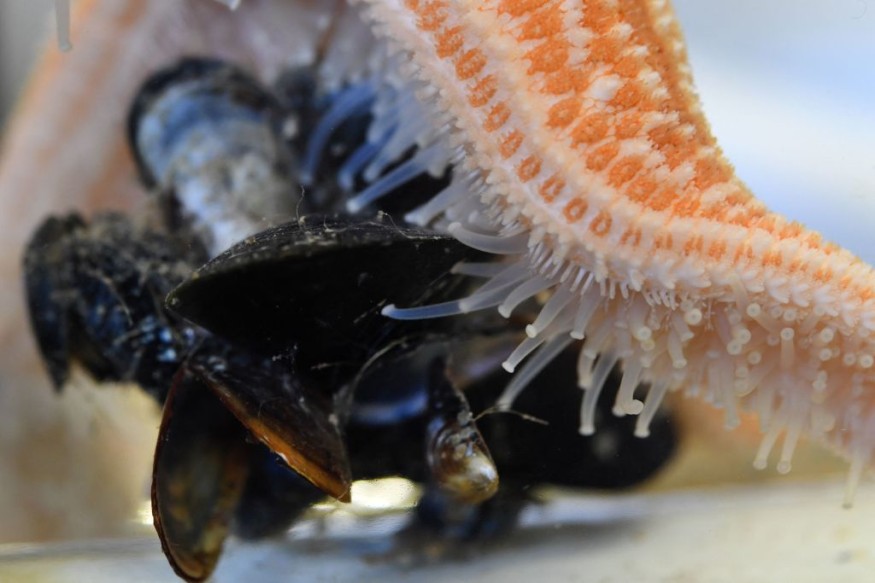
Over the last few weeks, countless numbers of starfish reportedly washed ashore on the South Carolina beach.
Starfish on South Carolina Washed Ashore
The trapped echinoderms have been sighted by foreign visitors as well as people living on Hilton Head Archipelago coasts, according to NewsWeek.
Whereas the precise quantity has still not been determined, the star-shaped animals apparently continued to land themselves in massive quantities somewhere along seashore. Notwithstanding the spooky appearance, the starfishes were trapped owing to a natural phenomenon that had previously existed earlier in the region.
Natural process of starfish could very well occur everywhere in the globe, and yet they are especially abundant in South Carolina's Lowcountry and because of the quantity of starfish floating in the water on Hilton Head Peninsula is lower than in past major capsizing episodes, when vast numbers of the animals were run aground.
The incident grabbed attention in the year of 2020 when the creatures well almost entirely blanketed Garden City Beach in Horry Region of the state. As per to climate researchers' official statement, this occurs too since echinoderms exist in both elevated as well as moderate tidal ranges.
Having followed the huge washing ashore incident in the year of 2020, Dakota Hughes, an aquarist at Ripley's Aquaponics system, started telling WPDE-TV that starfish deposit oneself in the beach that potentially emerge exposed when the tidal wave abruptly reverses channel.
Furthermore, while strandings are more prevalent in the warmer months, they can occur at any time of year due to harsh meteorological circumstances, regardless as to if it is cold or sunny.
Cold-blooded marine species seize up and become poorly capable of moving at colder conditions, which can allow them to be transported by weather systems lacking the swimming potential.
When the heating rate abruptly rises, the animals lose their biological arms and legs. This is a self-preservation strategy which employed to keep from scorching. Wind chills in South Carolina's Lowcountry were about 60°F when the starfish got underway splashing up on the coast, as mentioned in the recent news update of Ceng News media website.
Reason Behind Starfish Getting Washed Ashore
Climate experts and academics alike have proposed some other possibility of the recent event, saying that it is possible that the unpredictable climate has produced a bigger and more powerful surge. Starfish have been spotted twisting themselves into a ball-like form when this occurs. Animals are doing this to be transported forward at a quicker rate by the prevailing winds.
Leading to the huge washing ashore incident which occurred in the year of 2020, approximately 1,000 starfish were discovered on Lowcountry beachfront in year 2018, according to a state media page.
In 2014, over 100,000 of the animals splashed up on the coast on Fripp Inland Sea, off the coast of South Carolina.
Because starfish are unable keep breathing unless they are immersed in water, they can perish as quickly as a matter of moments if they are taken out of the environment.
Nevertheless, Fox News claimed that just because starfish are trapped also does not really imply, they are lifeless. Echinoderms are intact if their little appendages on their bottom are still functioning. Yet, there were just too many participants in the 2020 incident to resort to the ocean.
© 2025 NatureWorldNews.com All rights reserved. Do not reproduce without permission.





